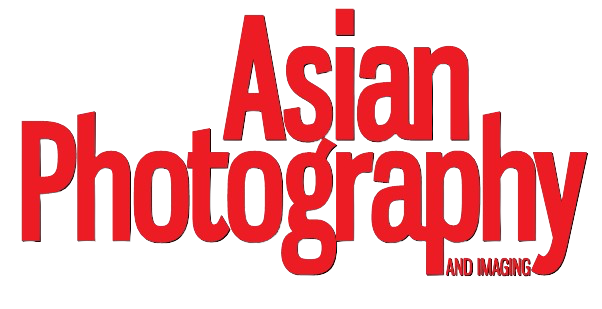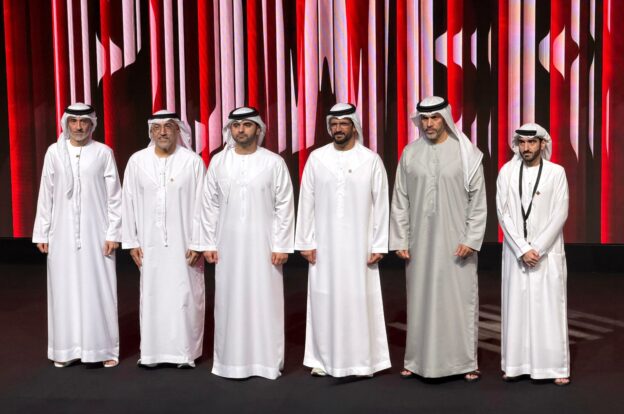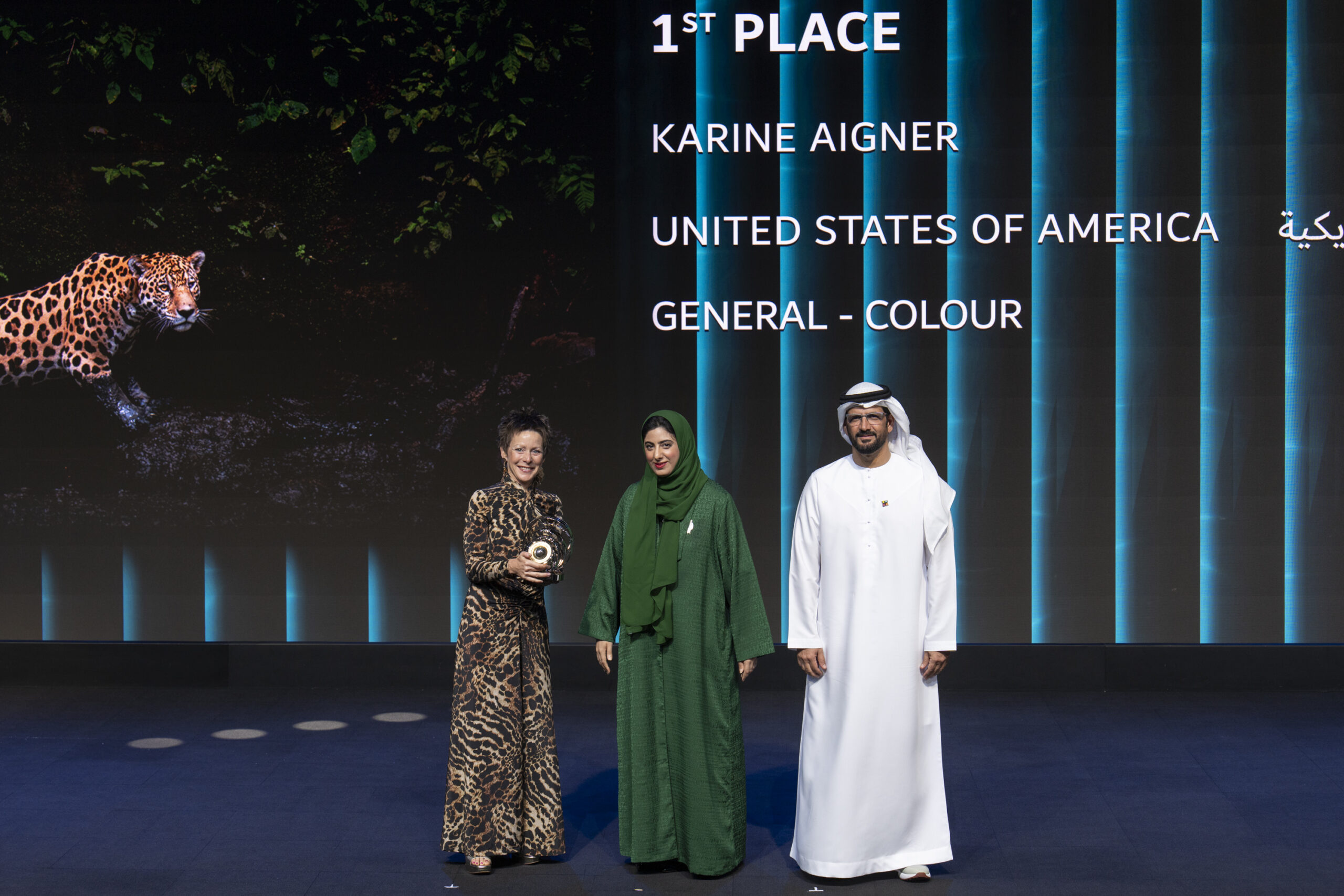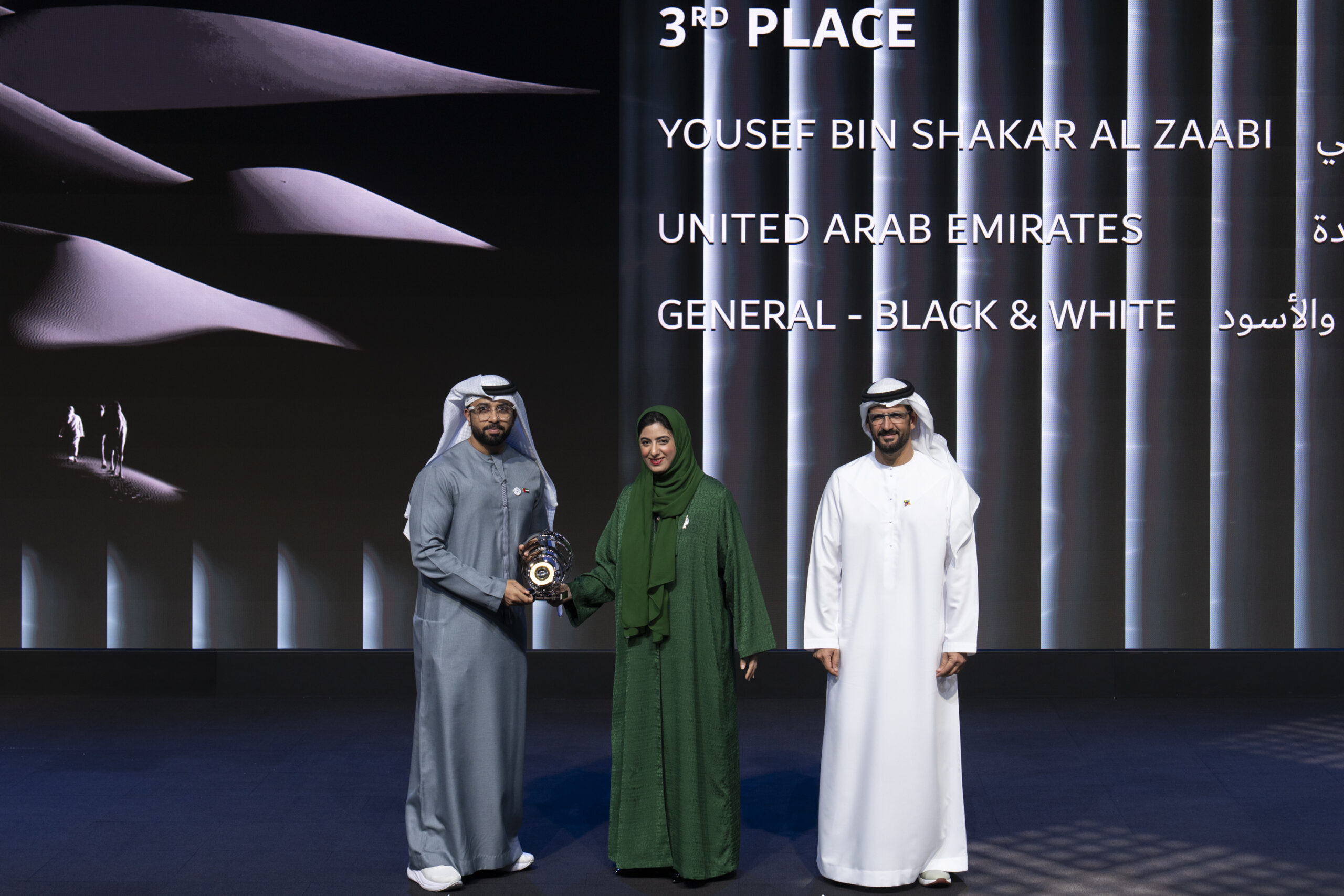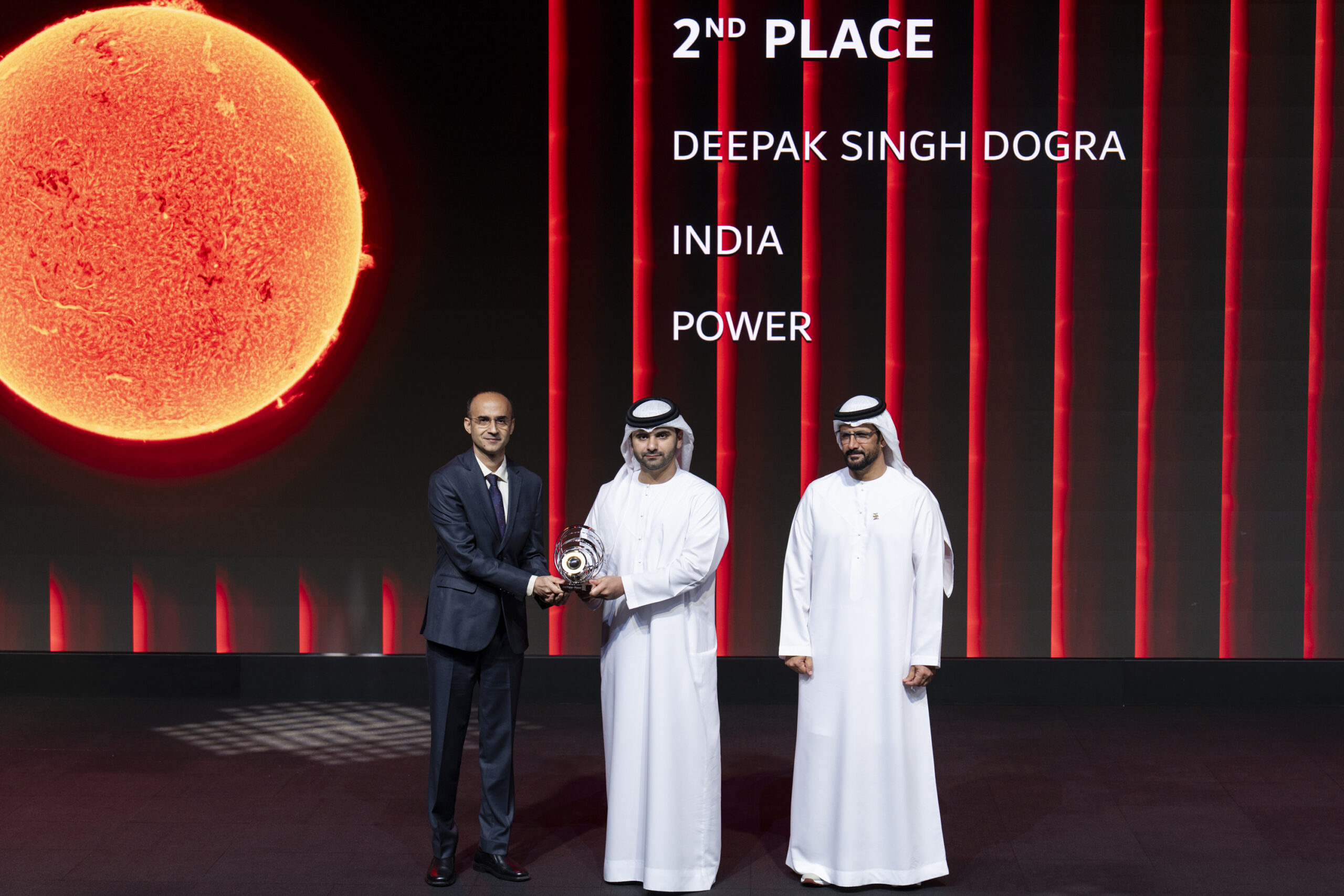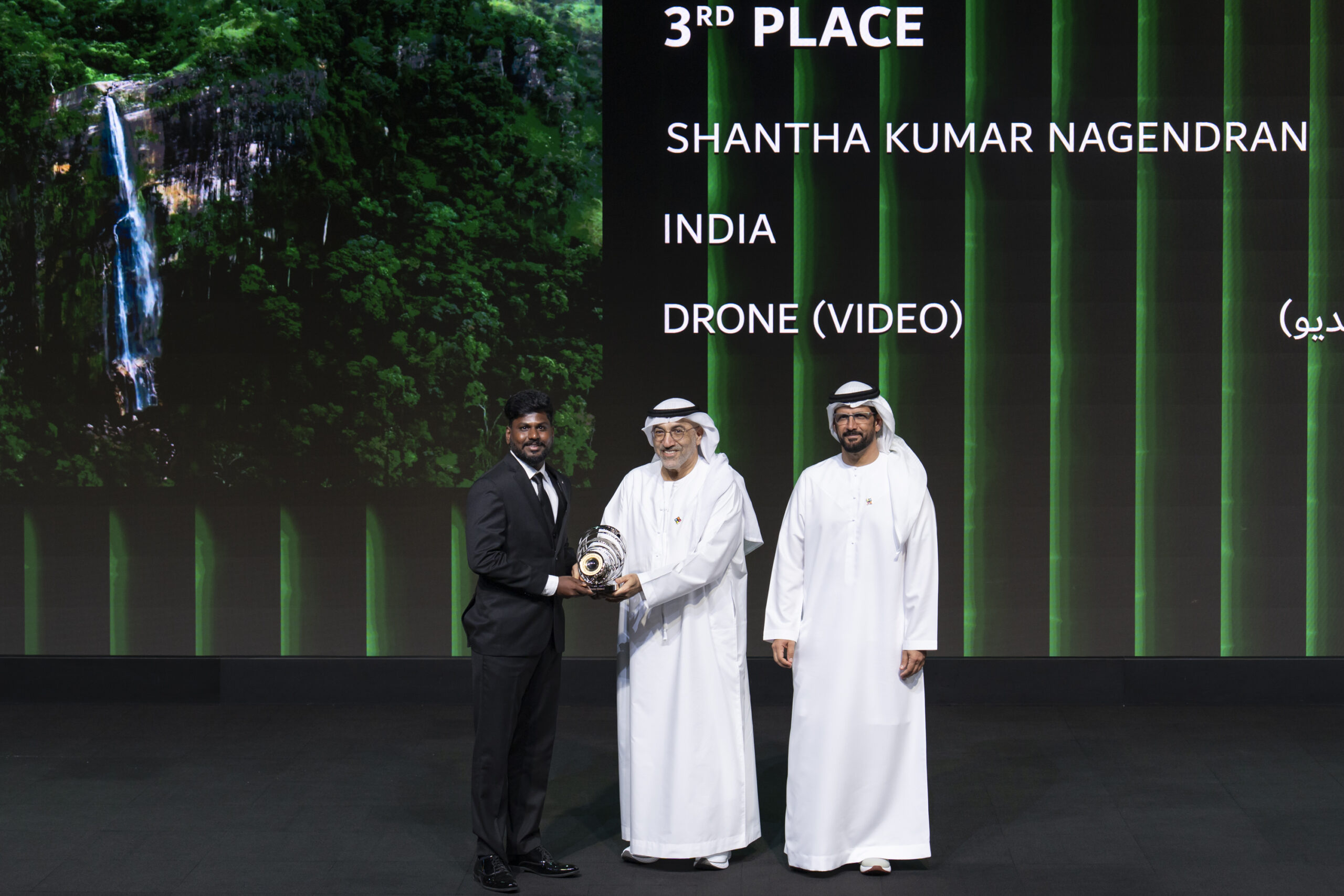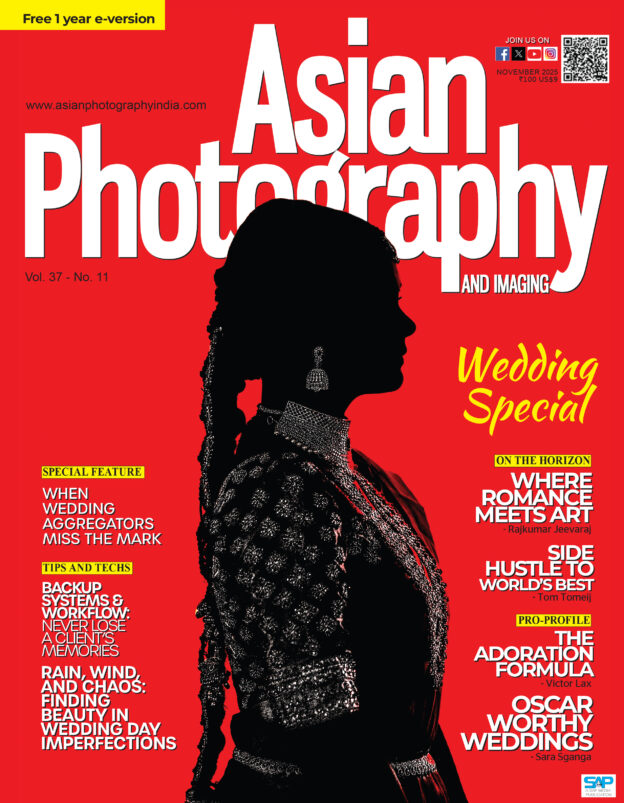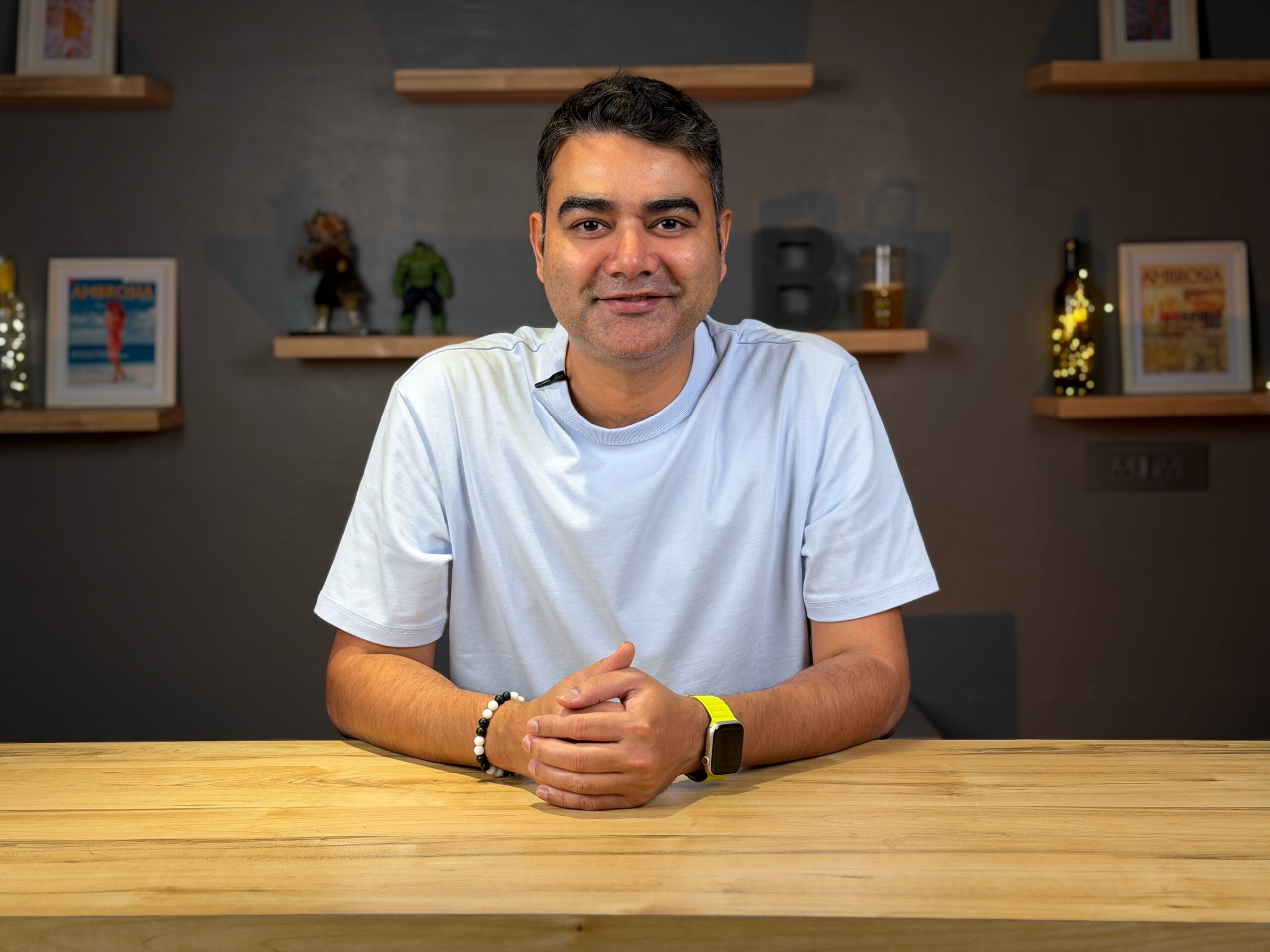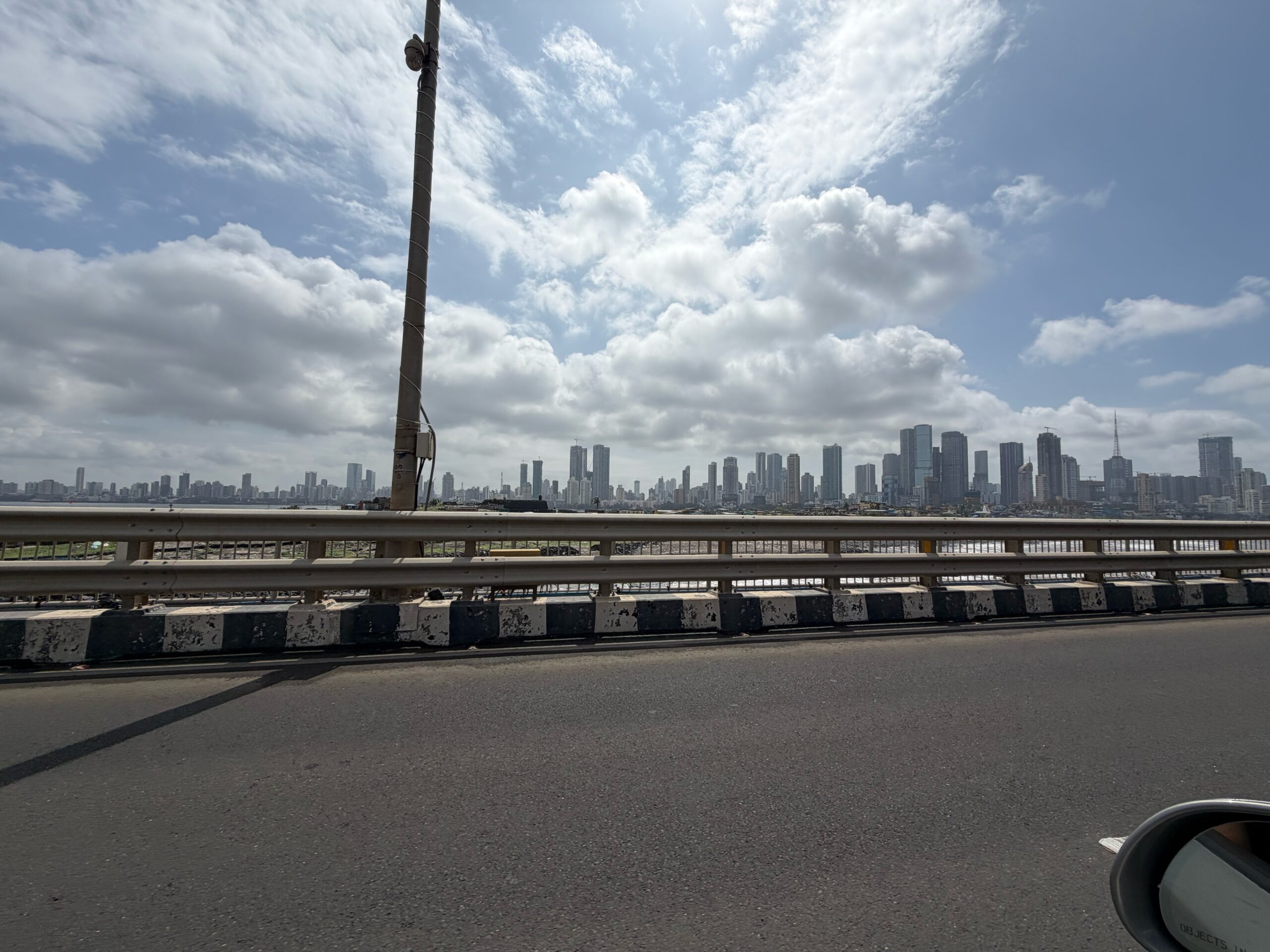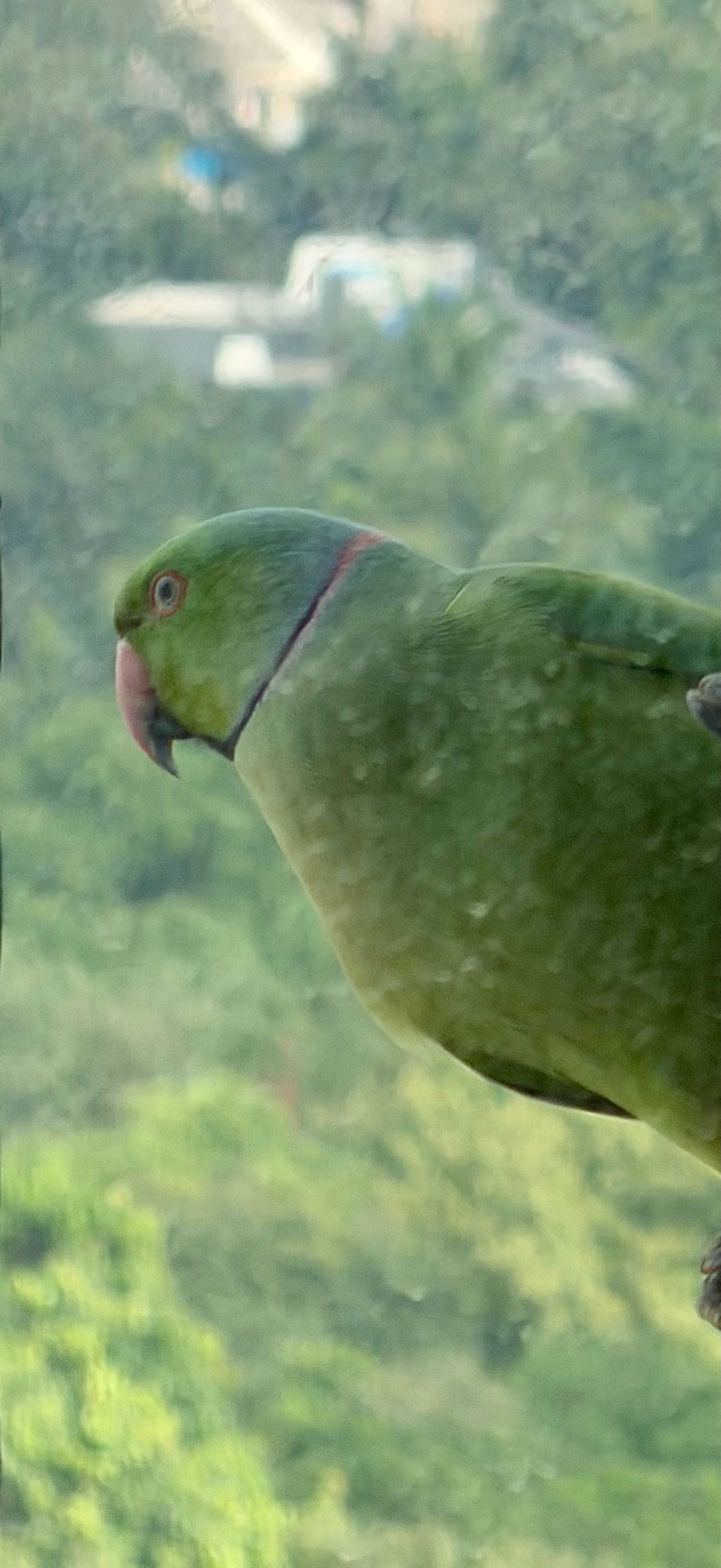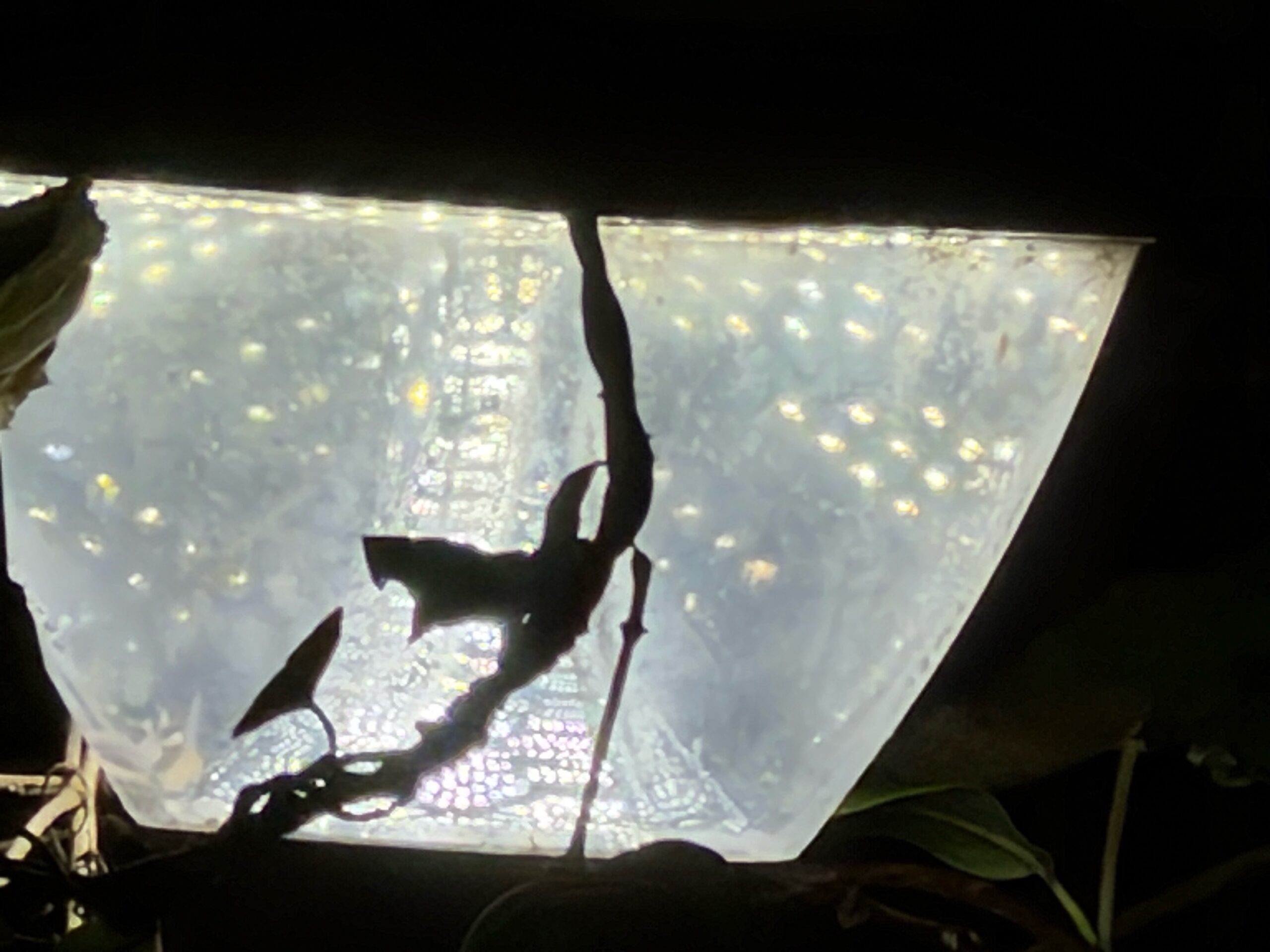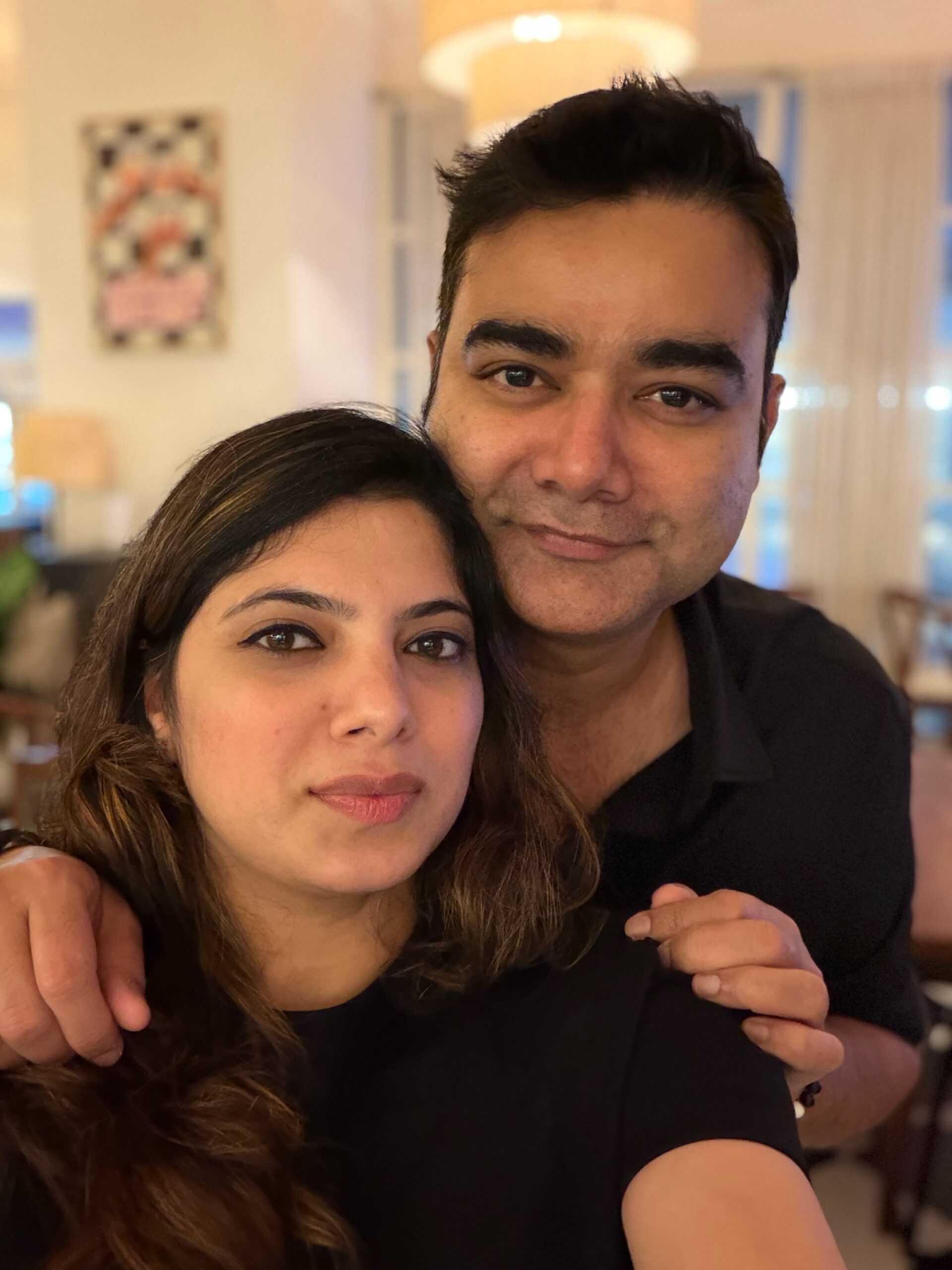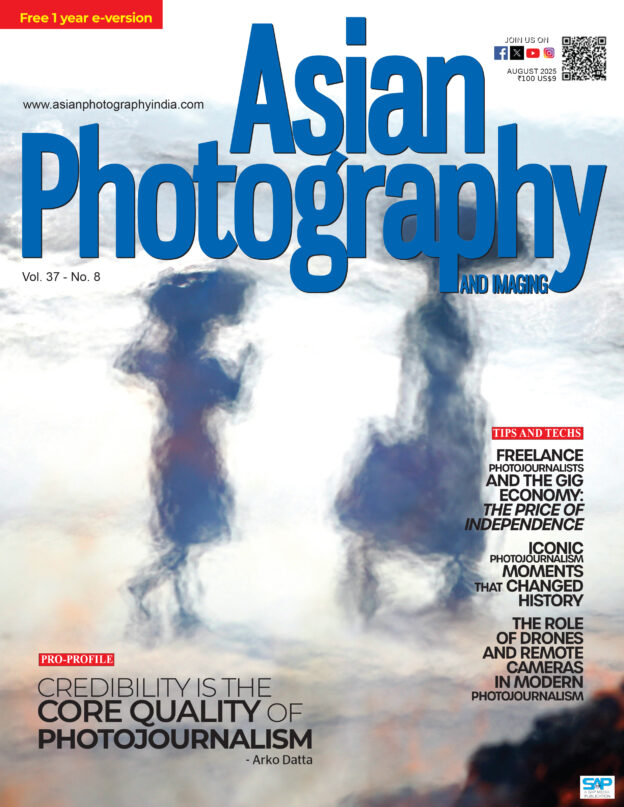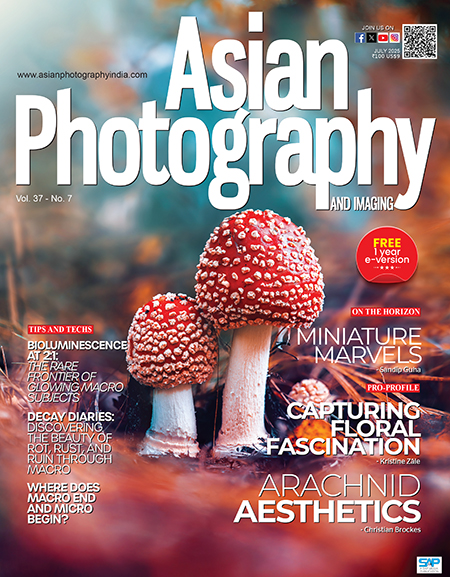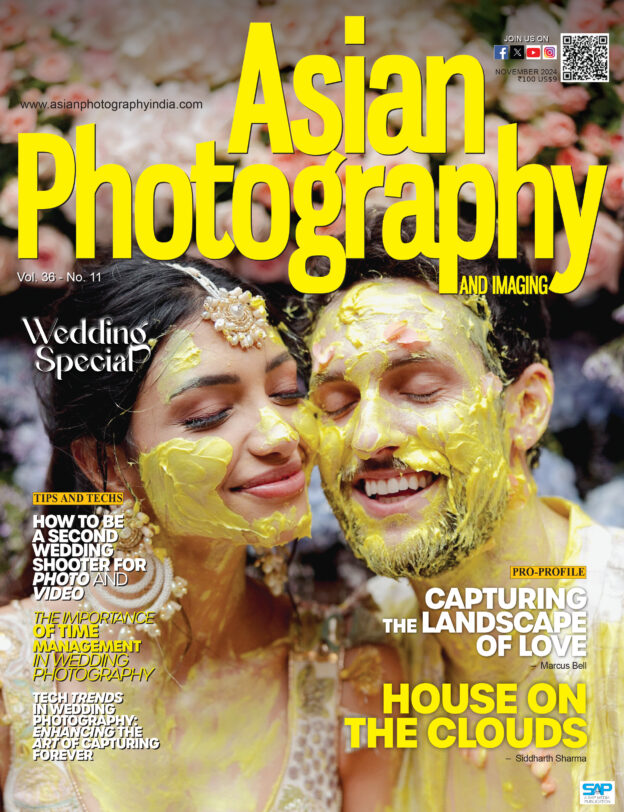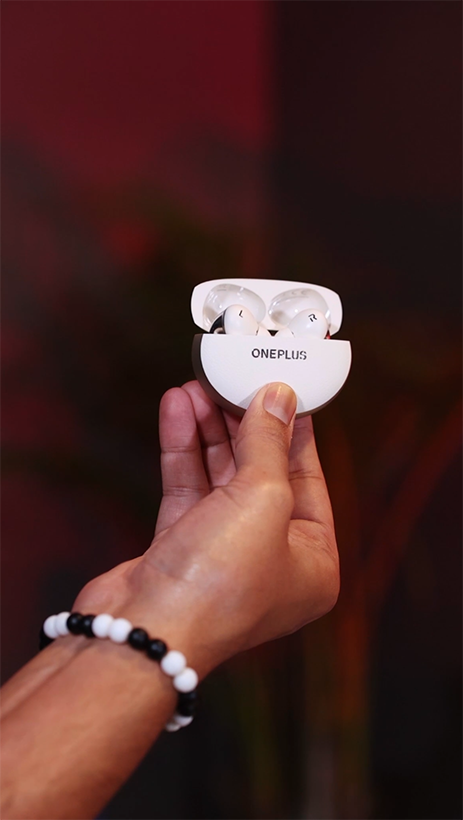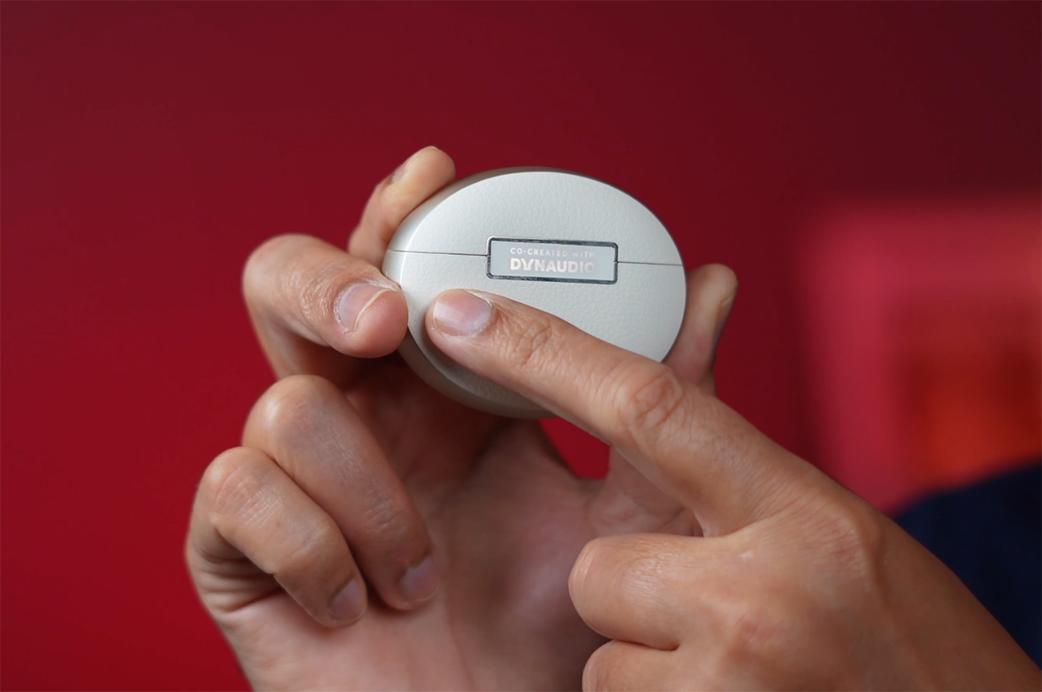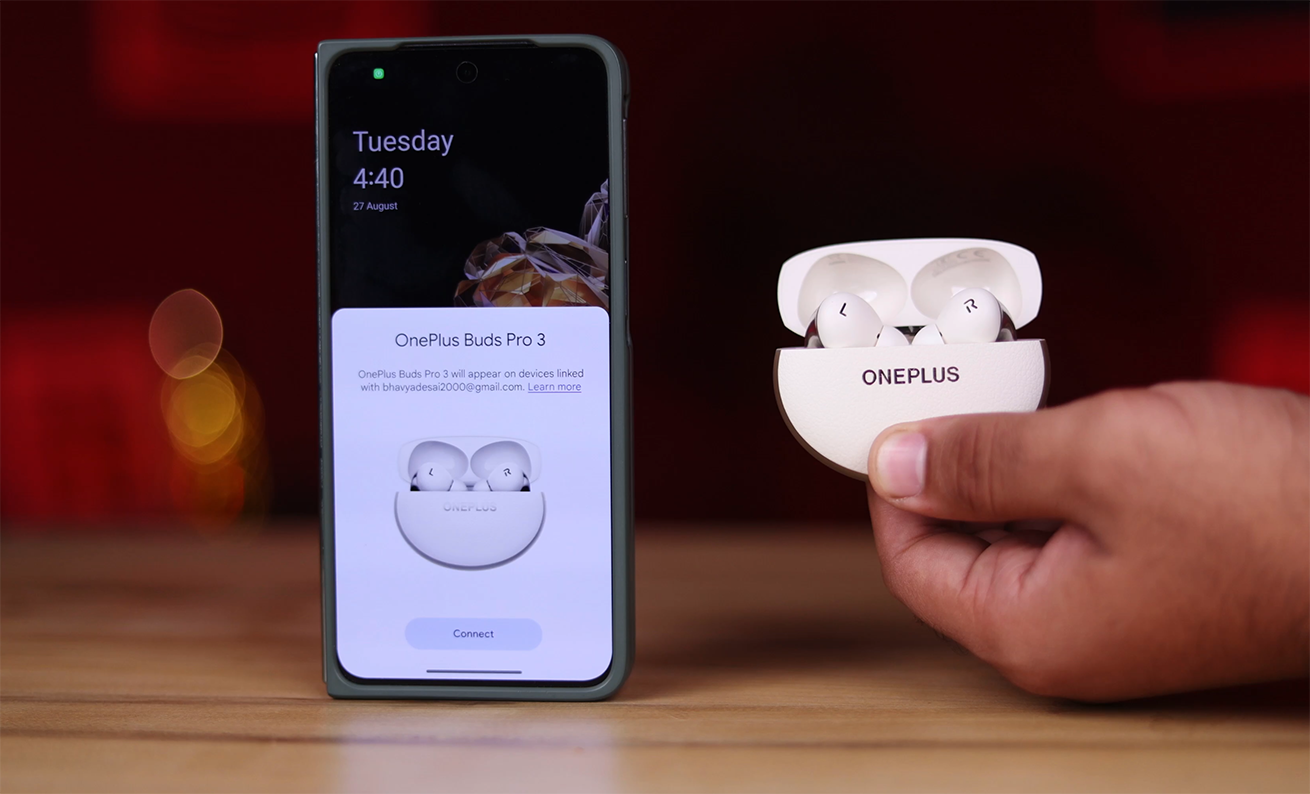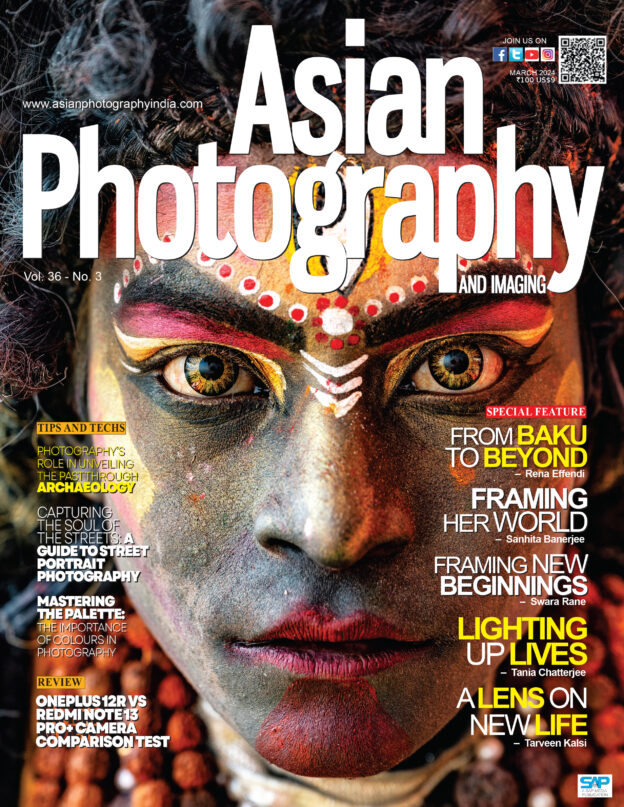Asian Photography Magazine December 2025 Edition is out 💍
Cover 📸: By Sameer Belvalkar
In this issue, explore:
Pro Profile
- Finding Why’s – Sameer Belvalkar
- Lux Aeterna Vitae – Pamela Hanson
Tips And Techs
- Does High Fashion Still Need Print Magazines?
- How Cinematic Lighting is Transforming Fashion Shoots
- The Economics of Fashion Photography: Rates, Rights & Reality
- Photographing Dark Skin Tones in Fashion: Techniques & Sensitivity
- How Gen Z is Redefining Fashion Photography Trends
Reviews
- vivo X300 Pro Camera Review – Best Android Flagship Camera?
The Idea of Print in Fashion
It is true that the nature of print—especially in the world of fashion—has changed. Some would
argue this is true across other creative categories as well. While fashion print may no longer
dominate the market as it once did, its impact remains unmistakably iconic, cemented by the
legacy of defining magazine brands and legendary spreads such as Vogue and its global peers.
That said, the growing influence of digital fashion media cannot be ignored. Content today is
consumed in vast volumes across digital platforms, but trends emerge and fade at dizzying
speed—sometimes within days. This fleeting nature is the reality of digital consumption: fast,
expansive, but often ephemeral.
In this issue, we attempt to unravel some of these very questions. Many of you may have
reflected on them yourselves. Truth be told, I have also questioned the long-term survival of
print more times than I can count. Yet, with every passing year—and in an era increasingly
clouded by misinformation—I find myself more convinced that print will continue to stand the
test of time.
This endurance is not only rooted in ethical credibility, but also in the intrinsic, iconic value of
print. Even today, when editorial teams plan an issue, the approach is layered, deliberate, and
nuanced. This holds especial relevance for fashion magazines. Think of a winter collection from
a fashion house—it communicates identity, emotion, design philosophy, and intent. A fashion
magazine functions in much the same way, translating vision into a tangible, lasting form.
Some readers may question the premise of this editorial. However, these reflections are
supported by our own internal data, particularly within the photography ecosystem. Even
today, close to 80% of our subscribers continue to choose print over digital—despite our
consistent efforts to promote digital subscriptions for their speed and convenience. While our
digital audience has grown steadily, it remains significantly smaller than our print readership.
And speaking of fashion, print, and enduring icons, this month’s issue features an exclusive
interview with Pamela Hanson—a rare figure whose photographs have graced the covers of
some of the world’s most influential magazines. Alongside her, we spotlight homegrown talent
Sameer Belvalkar, a photographer whose work with leading fashion brands and celebrated
personalities has shaped visual narratives for decades.
In a world chasing the next scroll, the next swipe, and the next trend, print asks us to pause. To
look closer. To engage deeper. Fashion, photography, and print share this singular quality—they demand attention, and reward it with longevity. And perhaps, that is precisely why print continues to matter.
So Until Next Time….Cherish this issue
–
